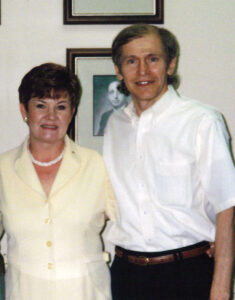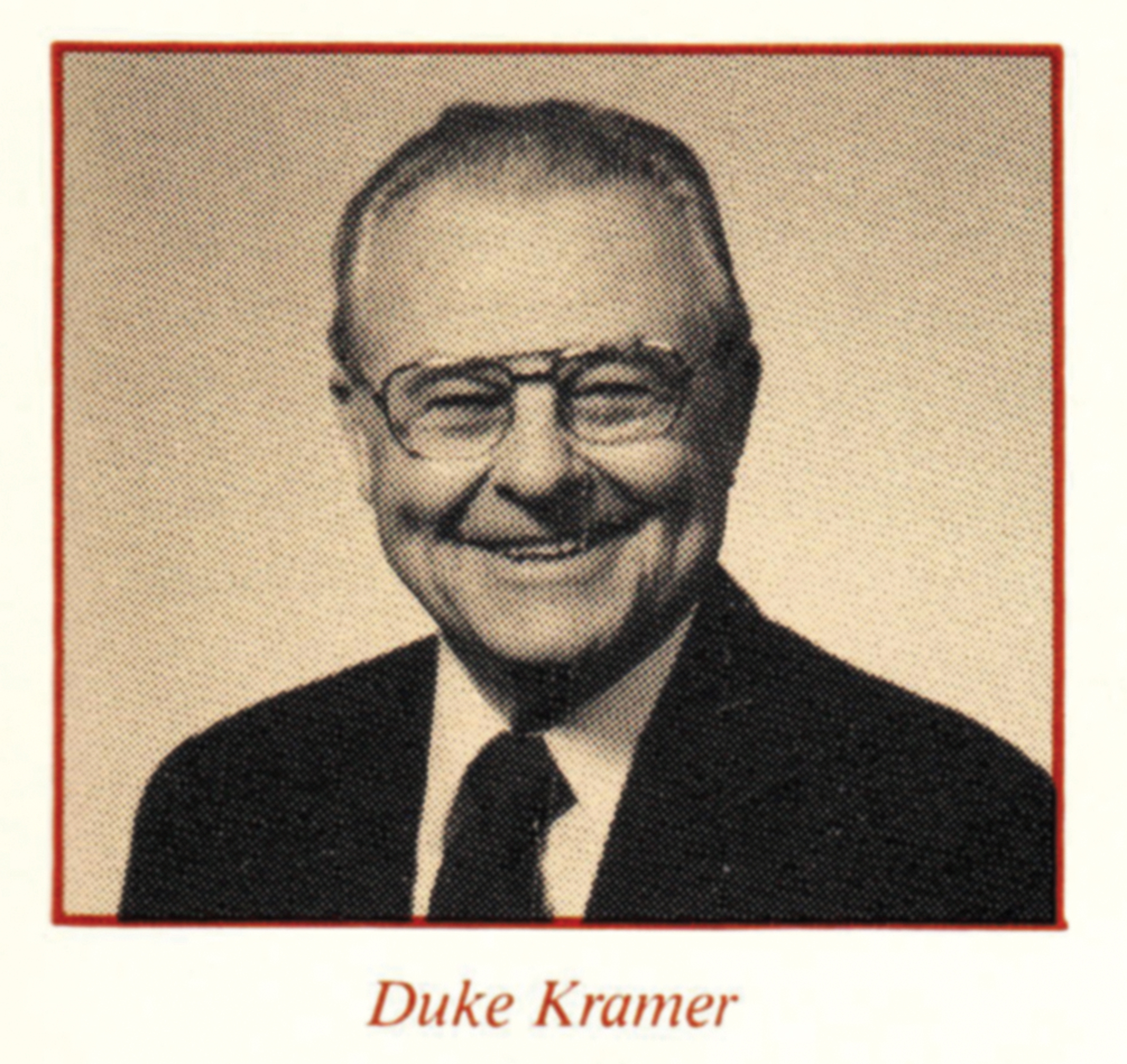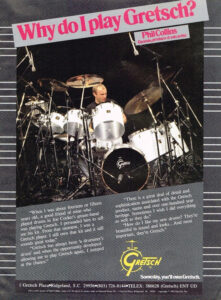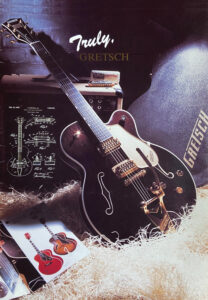40 YEARS AGO . . . 1984: THE YEAR TODAY’S GRETSCH WAS SAVED
And the Beginning of the “Second Golden Age” of Gretsch.

Dinah and Fred Gretsch in the 1980s.
“I don’t think many people today know how close Gretsch came to dying and disappearing,” says Dinah Gretsch, “I believe in my heart that had we not bought Gretsch back, there wouldn’t be a Gretsch today.” No truer words have probably ever been spoken.
It’s been 40 years since Fred and Dinah were able to purchase the family business back from the Baldwin Piano Company. Baldwin had been mismanaging the Gretsch guitar and drum brand since acquiring it in 1967. And seventeen turbulent years later, the Gretsch brand was in trouble and, in some respects, forgotten about. In fact, guitar sales were at zero. No Gretsch guitars had been manufactured in several years.
“Do you think we can bring the guitars back? Do you think people will remember Gretsch guitars? Will people buy a Gretsch guitar?” Fred and Dinah admit that they took a lot of deep breaths and asked each other a lot of questions, especially given the daunting task of bringing back the dormant guitar business.
Gretsch drums were still being made at a Baldwin factory in De Queen, Arkansas, but were a far cry from their Brooklyn glory days. Drum manufacturing would continue in Arkansas for a year before being relocated to Ridgeland, SC, where Gretsch USA Custom Drums are made today.

While Fred and Dinah focused their attention on reviving the burgeoning drum business, long-time Gretsch employee (50 years!) and friend, Duke Kramer, was coaxed out of retirement to relaunch the guitar business literally from scratch. With no surviving blueprints, dies, or specs, Duke had to create new specs from vintage Gretsch guitars owned by Randy Bachman and other collectors.
Another critical step in the relaunch was finding the right support team and company experienced in making high-quality stringed instruments, especially hollow body guitars. All in all, it took five years of very hard work and persistence to roll out that first lineup of new Gretsch guitars in the fall of 1989, but it was worth the wait. The new interpretation of classic Gretsch guitars were a hit with musicians and guitar lovers and there was no doubt that Gretsch guitars were back. And more importantly, the “Second Golden Age of Gretsch,” under the leadership of Fred and Dinah Gretsch had officially begun.





 Previous
Previous